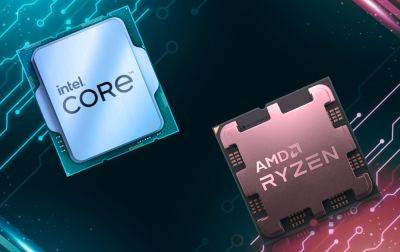'The ongoing conversations around ARM vs x86 power are based on a false premise,' says Intel's VP of technical marketing
Which is more power-savvy, ARM or x86? Anyone familiar with today's chip line-up would probably respond with: 'Easy, ARM. Just look at the battery life on some of those Snapdragon X Elite laptops, you doughnut.'
But is that really the case? Unsurprisingly, the company responsible for designing most of the world's x86 chips, Intel, thinks it's not.
Robert Hallock has plenty of experience with x86, and talking up its benefits. He's currently Intel's VP of Technical Marketing and held a similar role at AMD for many years prior. Only Intel and AMD are able to produce x86 chips (ignoring VIA). Any other company with a desire to produce chips tends to use foundations laid out and licensed by Arm. Or RISC-V, though that's another story.
«It is our firm belief that the ongoing conversations around ARM vs. x86 power are based on a false premise because it is not the instruction set architecture (ISA) that broadly dictates power,» Hallock says to Notebookcheck.
«Our view is a physical one: transistors cost power. A CPU design that adds core counts, increases NPU size, increases graphics size, or adds fabric complexity is not free. These decisions intrinsically raise package power consumption and TDPs into the ballpark of what consumers historically see from conventional Windows/Linux processors.
»In other words: implementing the features and performance the market expects has a 'typical cost,' regardless of the x86 or ARM ISA. So, if adding complexity costs power on any ISA, then it becomes a battle between which set of design choices yields the best performance/power/area (PPA) to meet consumer expectations."
ARM designs are seen to be more power-efficient than x86, at least in the products they're shipped within: you have Apple's own designs, Arm processors in phones, and the latest Snapdragon X Elite chips that have made their way into heaps of laptops recently. Generally, all devices that are known for decent battery life.
Keep up to date with the most important stories







